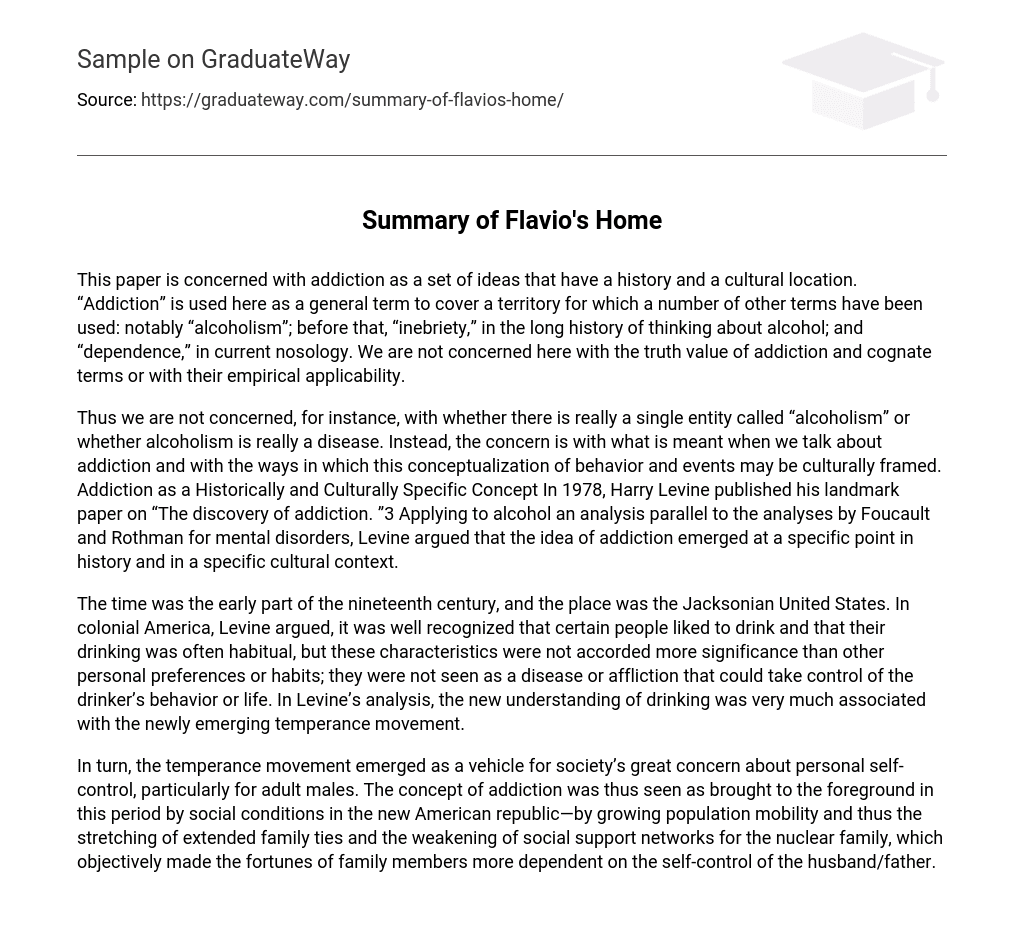This paper focuses on addiction as a concept that is shaped by its background and cultural context. It encompasses terms such as “alcoholism” and “inebriety,” historically used for alcohol-related addiction, along with the contemporary term “dependence” in classification systems. The purpose is not to examine the empirical accuracy or applicability of these addiction-related terms.
Our concern is not whether “alcoholism” is a singular entity or if it truly is a disease. Instead, we focus on understanding the intended meaning of addiction and the cultural frameworks that influence how we perceive behavior and events. In 1978, Harry Levine published an influential paper titled “The discovery of addiction.” Drawing from Foucault and Rothman’s studies on mental disorders, Levine applied a similar analysis to alcohol and suggested that the concept of addiction emerged during a specific historical period and within a distinct cultural context.
In the early 19th century, during the Jacksonian United States, it was well-known that some individuals in colonial America frequently indulged in drinking. However, this preference for alcohol was not considered more significant than any other personal habits or preferences during that period. It was not seen as a sickness or a factor dictating one’s actions or life. Levine proposes that this shift in perception regarding drinking was closely connected to the emergence of the temperance movement at that time.
In this period, the temperance movement arose as a means for society to address the issue of personal self-control, specifically among adult males. The emergence of addiction was attributed to social circumstances in the new American republic, such as increasing population mobility and the resulting strain on extended family connections. This lead to a weakening of support networks for nuclear families, consequently placing a greater emphasis on the self-control of the husband/father, as it directly affected the wellbeing of family members.





